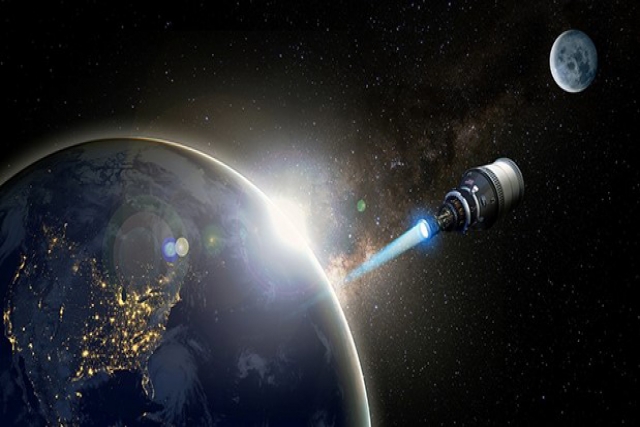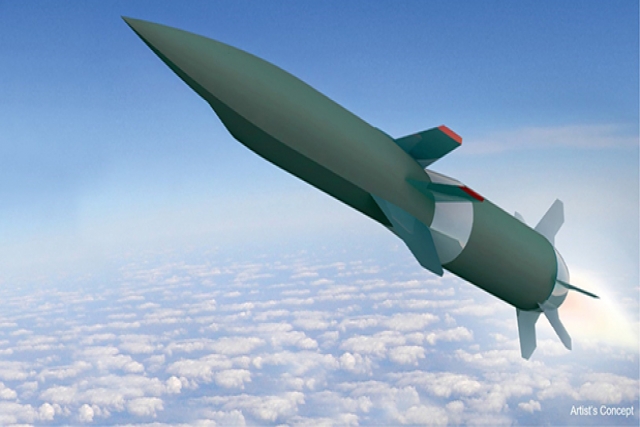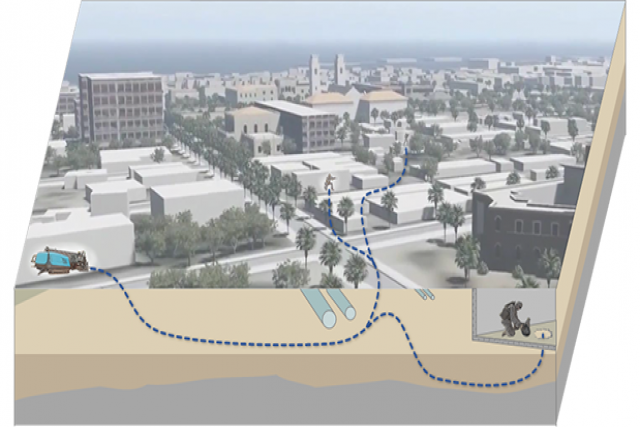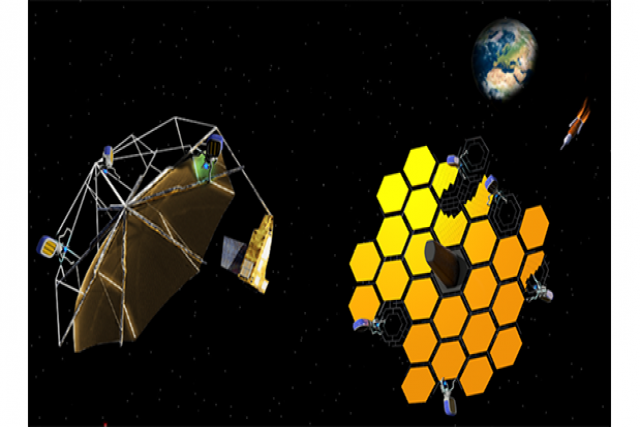DARPA Seeking Proposals for In-Space Demo of Nuclear Thermal Rocket

The U.S. Defense Advanced Research Projects Agency (DARPA) is seeking proposals for the design, development, fabrication, and assembly of a nuclear thermal rocket engine.
The goal is to execute an in-space flight demonstration of nuclear thermal propulsion in fiscal year 2026. This is part of DARPA’s Demonstration Rocket for Agile Cislunar Operations (DRACO) program.
“The United States employs maneuver to maintain advantages in the land, sea, and air domains. However, maneuver is more challenging in space due to propulsion system limitations,” said Major Nathan Greiner, program manager in DARPA’s Tactical Technology Office. “To maintain technological superiority in space, the United States requires leap-ahead propulsion technology that the DRACO program will provide.”
The overall objective of DRACO is to enable time-critical missions over vast distances in cislunar space, the area between Earth and the moon. Nuclear thermal propulsion achieves high thrust-to-weight similar to chemical propulsion but with two to five times the efficiency using systems that are both faster and smaller than electric and chemical systems, respectively. These propulsive capabilities will enable the United States to enhance its interests in space and to expand possibilities for NASA’s long-duration human spaceflight missions.
Phase 1 of the DRACO program involved two parallel risk reduction activities. Track A focused on developing a preliminary design for the rocket engine reactor. Track B concentrated on developing a conceptual design for the in-orbit demonstration system.
DRACO’s planned Phases 2 and 3 will focus on developing and demonstrating nuclear thermal rocket engine operation in orbit.













